Welcome to Fieldnotes! This week, we’re taking a deep dive into the issue of plastic pollution in our oceans—but with a hopeful twist. While it’s true that our seas are facing a serious challenge, there’s also a wave of positive change sweeping across the globe. Let’s explore how plastic pollution affects marine life and ecosystems, and highlight some inspiring success stories that show we can turn the tide.
The Big Picture Our oceans are a source of wonder, teeming with life and beauty. Yet, they’ve also become a dumping ground for millions of tons of plastic waste. The Great Pacific Garbage Patch, a massive collection of plastic and debris floating between Hawaii and California, is a stark reminder of the issue. But here’s the good news: people around the world are coming together to protect our oceans, and their efforts are making a real difference.
Success Stories: Cleaning Up Ocean Plastic
The problem of ocean plastic is vast, but so are the solutions. Take The Ocean Cleanup project, for example. Founded by Dutch inventor Boyan Slat, this initiative is using advanced technology to remove plastic from the ocean. In 2021, The Ocean Cleanup successfully extracted 63,000 pounds of plastic from the Great Pacific Garbage Patch in just one trip. Their goal is to remove 90% of floating ocean plastic by 2040—a target that once seemed impossible but is now within reach.
Another inspiring story comes from Parley for the Oceans, an organization that partners with companies like Adidas to turn ocean plastic into high-performance products. Since 2015, they’ve intercepted over 5,000 tons of plastic waste and transformed it into shoes, clothing, and other products. This innovative approach not only cleans up the ocean but also raises awareness and funds to support further conservation efforts.
Oceanic Plastic Hotspots: Where the Problem Piles Up
Plastic pollution tends to accumulate in specific areas known as gyres, where ocean currents converge. The Great Pacific Garbage Patch is the most infamous of these, but there are others in the Atlantic and Indian Oceans. These hotspots highlight the scale of the challenge, but they also show us where we can focus our efforts for the biggest impact.
Microplastics—tiny fragments less than 5mm in size—are particularly concerning. However, research teams around the world are developing new ways to capture these particles before they cause harm. From innovative filtration systems to biodegradable materials, the fight against microplastics is gaining momentum.
The Impact on Marine Wildlife—and the Wins We’re Seeing
Plastic has a profound impact on marine life, but there’s hope here too. Hundreds of species are affected, but thanks to global awareness and action, we’re starting to see positive outcomes. For example, the Olive Ridley Project, based in the Indian Ocean, has rescued thousands of sea turtles entangled in discarded fishing nets (often called "ghost nets"). Through community engagement and education, they’ve helped reduce the number of nets left in the ocean, giving these turtles a better chance at survival.
And it’s not just turtles—whales, dolphins, and seabirds are also benefiting from conservation efforts. Organizations like the Sea Shepherd Conservation Society actively patrol the oceans to remove harmful debris and protect marine life from plastic pollution. Their hands-on approach has saved countless animals and inspired similar efforts worldwide.
How We Can Protect Our Oceans
While the problem of plastic pollution is significant, every action we take counts. Here’s how you can contribute to the solution:
- Reduce Plastic Use: The most effective way to combat ocean plastic is to reduce our reliance on single-use plastics. Opt for reusable bags, bottles, and containers.
- Join the Movement: Participate in local beach cleanups or support organizations like The Ocean Cleanup and Parley for the Oceans. Every piece of trash collected makes a difference.
- Support Forward-Thinking Brands: Choose products made from recycled ocean plastic or sustainable alternatives. Your purchasing decisions can help drive the change we need.
- Advocate for Change: Support legislation that limits plastic production and improves waste management. Your voice is powerful in the fight against plastic pollution.
What’s Next? Our oceans are resilient, and with continued effort, they can recover. The success stories we’ve shared today prove that positive change is possible when we work together. By making thoughtful choices and supporting innovative solutions, we can ensure that our oceans remain vibrant and full of life for generations to come.
Until next time, let’s celebrate the progress we’re making and stay hopeful for an even brighter future.
— The Freshfield Team


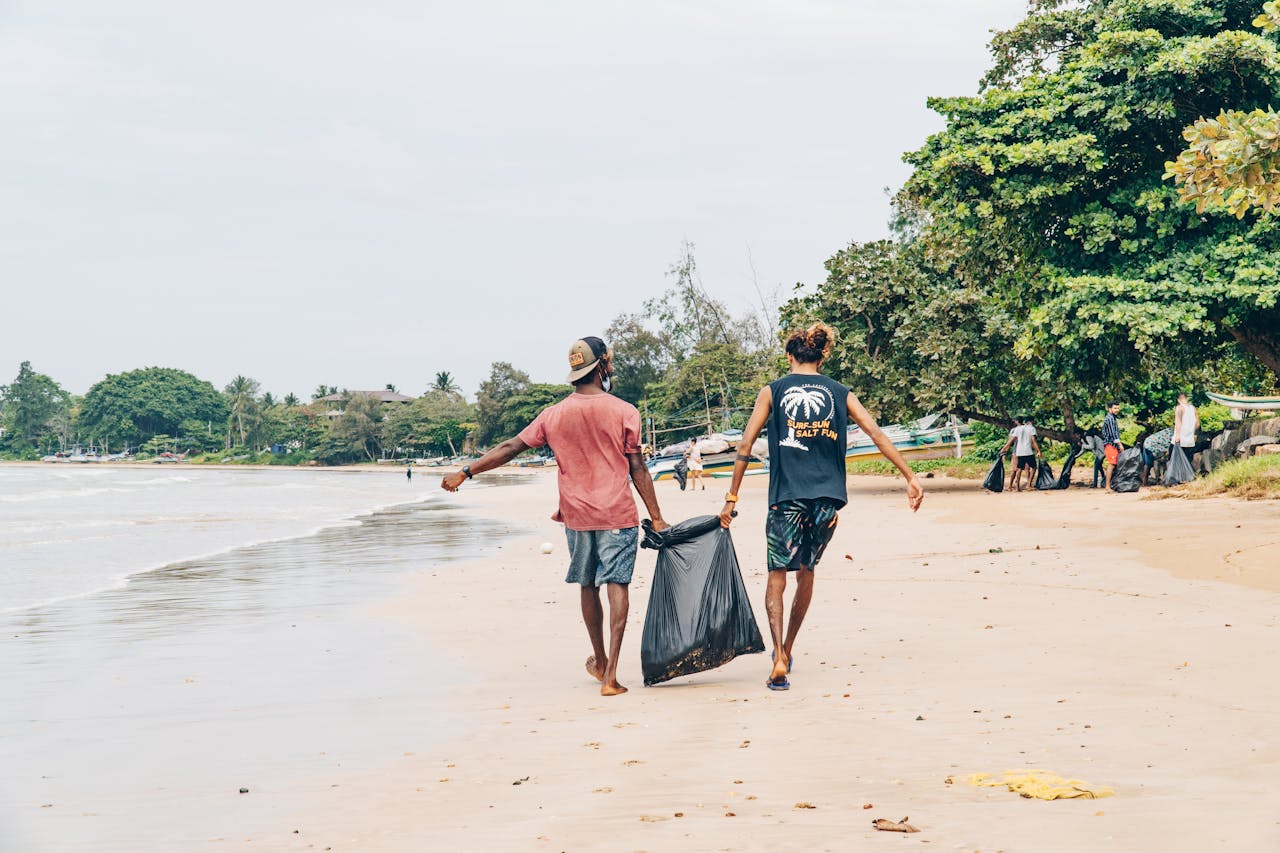
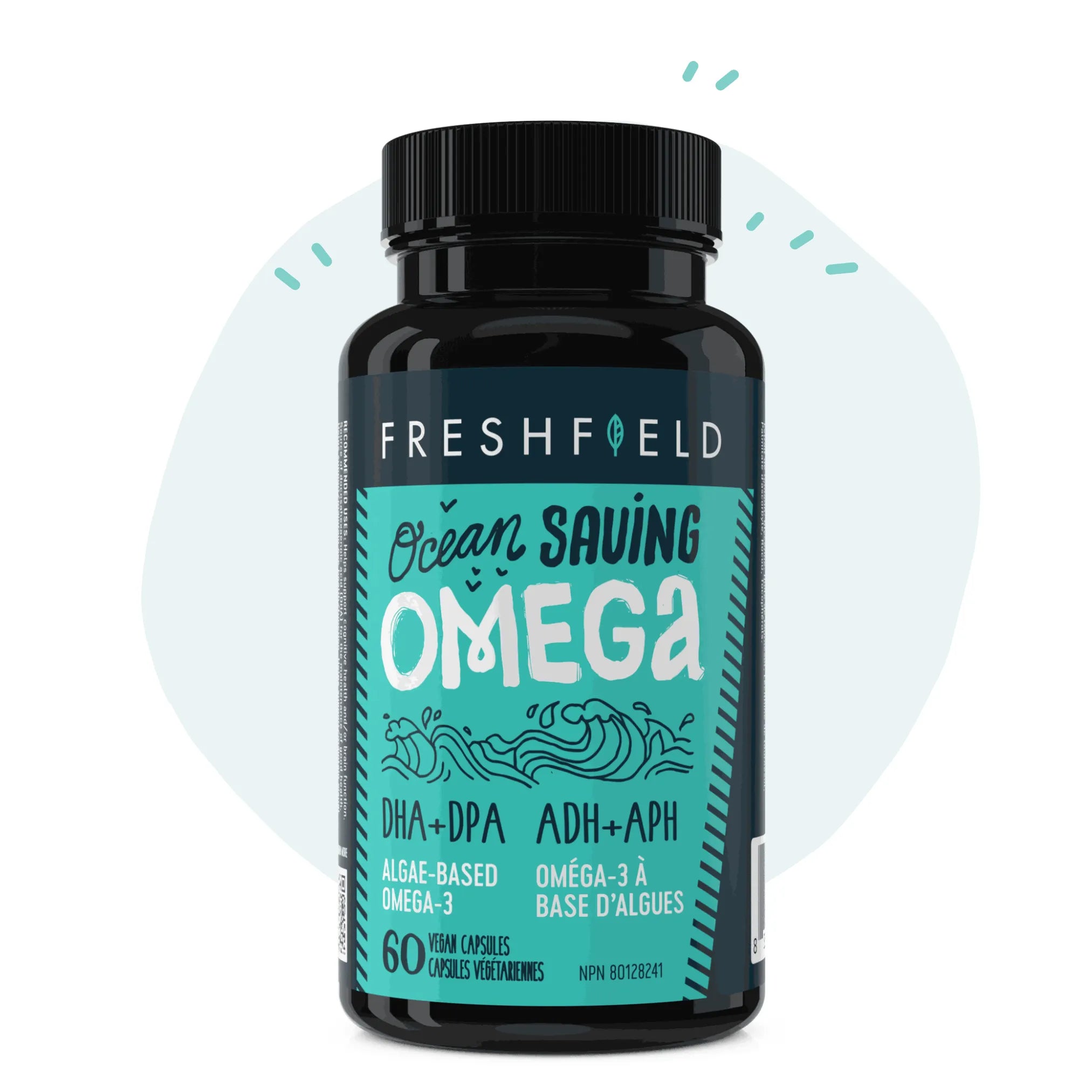
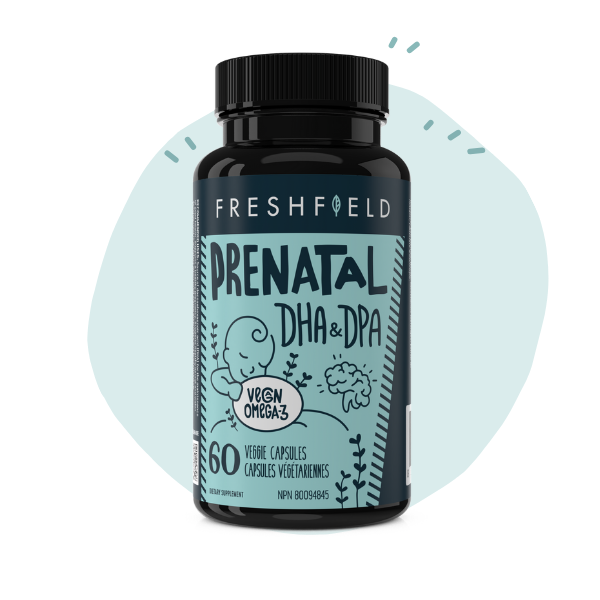

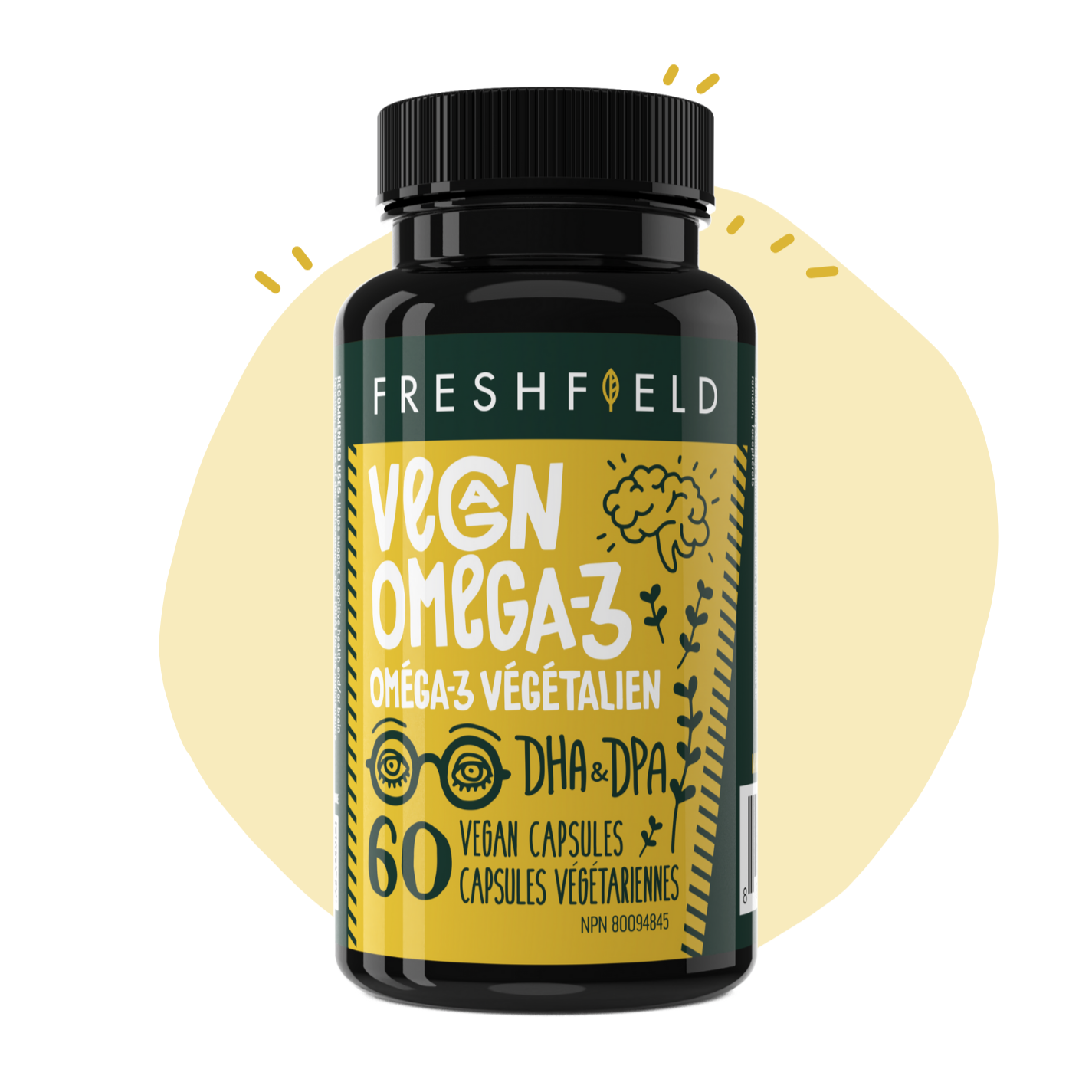


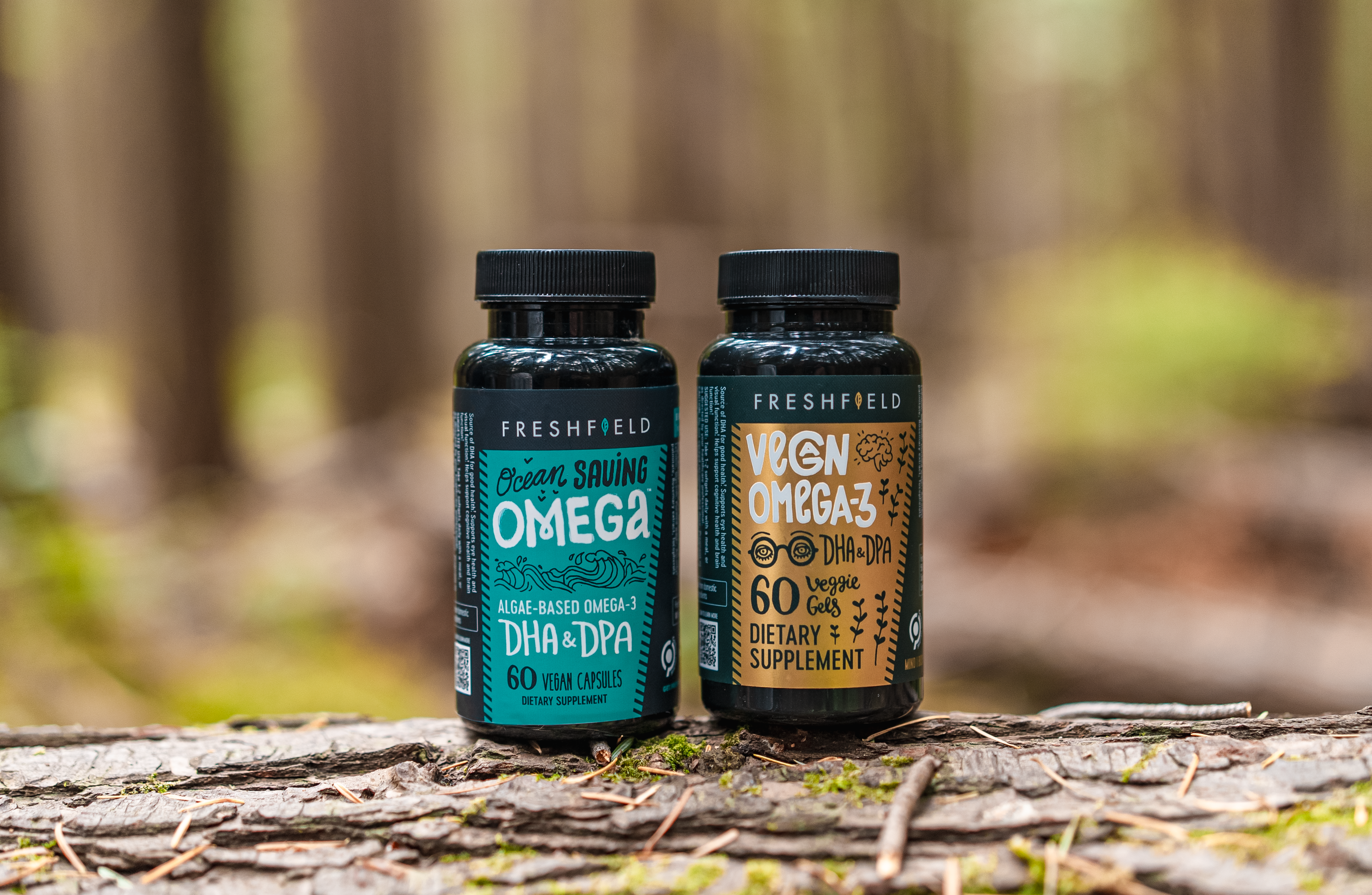
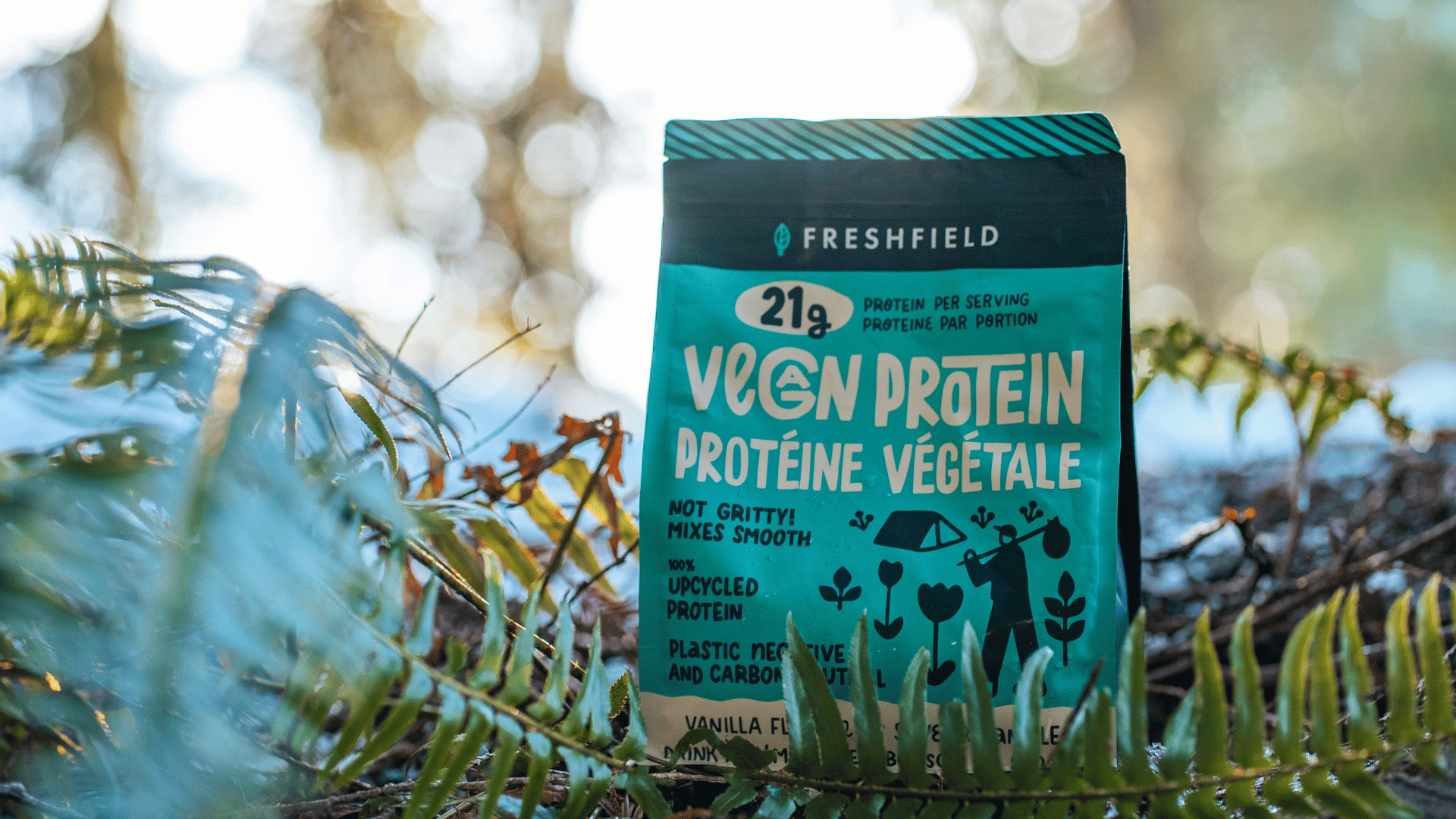

Share:
Mining for Minerals—The Environmental Toll of Magnesium and Zinc Production
Playing the Climate Game—Winning Together